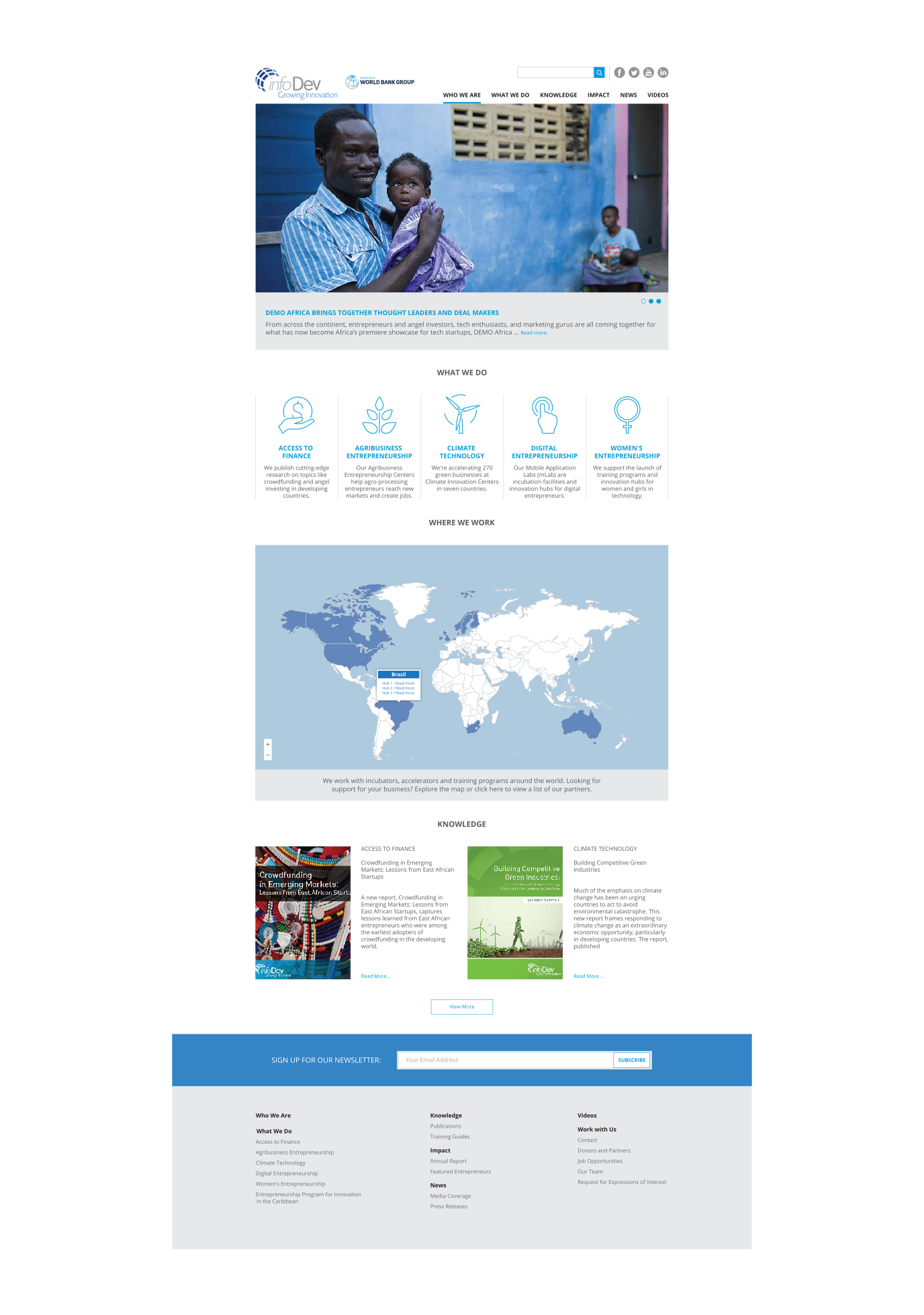Majority of the households in the SADC region rely heavily on rainfall for their food production
The region has characterised by low rainfall punctuated by long dry spells resulting in increased crop failure and livestock deaths. This is threatening the food and nutrition security for the SADC population. According to the reports from member states, XX% of livestock deaths have been reported. The projected crop production has declined by XX% in the region. Overall the drought has affected 41 million people (14% of the population) in the region of which 28 million required immediate humanitarian assistance. The region will now rely and imports and this has resulted in the increase of the food import bill. The quality and safety of the food being received from outside the region may compromised. The price of the food has increased and is out of reach of the majority of the population have been reported.
The climate change problem is projected to continue to intensify in the future and the region need to position itself to withstand the drastic effects currently playing out. Some of the issues that the region will continue to struggle with and have to improve on are as follows:
- Strengthening early warning and surveillance
- Import may expose region in dumping of substandard food products
- Need to diversify regional production base
- Malnutrition effects will continue to rob the region of its human capital (cost of hunger)
- Increase in food prices thus compromising access
- Limited access to diversified diet (especially greens)
Recommendations
- Invest in strengthening early warning and surveillance
- Consider removal of trade tariffs especially on food commodities
- Establish strategic food reserve (financial or food stocks)
- Promote mixed production and climate smart agriculture (agro ecologically based diversification)
- Increase investment in water harvesting and irrigation development
- Improve smallholder farmer access to agricultural inputs
- Improve smallholder farmer access to markets
- Provide social protection support to mitigate climate change shocks
- Supplementary food for children (high nutrition foods)
- Health care
- School feeding
- Promote the value chain approach in agricultural development
- To reduce post-harvest losses
- Add value
- Preserve nutrition value

